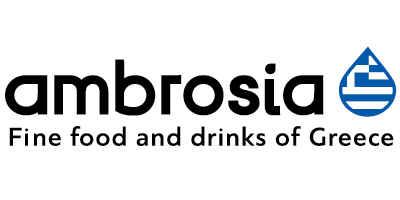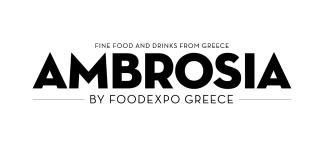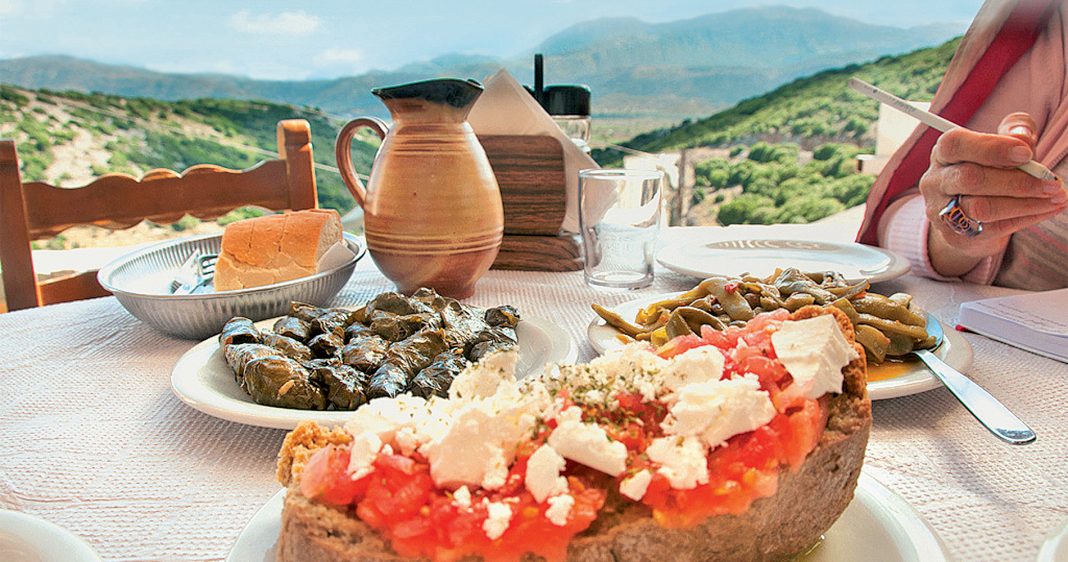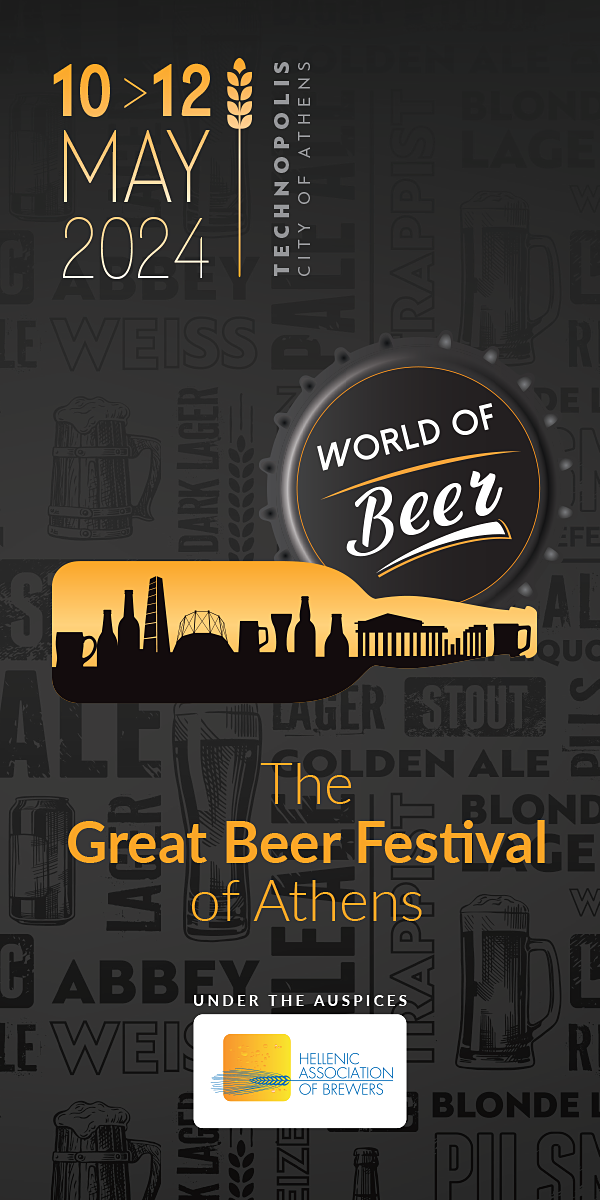Heritage diets are the future. They are simple, clean, healthy food; and the Cretan Diet is exceptionally so.
If we wanted to sketch a rough pattern of the Cretan diet and its evolution, we would have to go back thousands of years. In the 1960s, however, a study led by Ansel Keys examined the dietary habits and health of 7 countries and among them Greece (including Crete). It was the men of Crete, arguably the poorest people of the study, who enjoyed the best cardiovascular health. This was due to physical labor paired with their unique food pyramid: the core of the Cretan diet at that time consisted of food from natural sources, especially fresh and dried fruit, pulses, endemic wild herbs and aromatic plants, seasonal products that underwent limited processing. Fifty years later, Cretans perceive their diet almost the same way. Traditional recipes are still popular, and although modern eating habits have permeated their lifestyle, Cretans insist on quality, flavor, originality, and freshness.
Fasting the... Minoan way
It seems that from Minoan times to modern Crete, little has changed in terms of dietary patterns. In fact, the Minoan diet is still kept alive through fasting as dictated by the Greek Orthodox Church. Many of the foods Cretans eat today are similar or the same to the ones people consumed in Minoan Crete. Excavations have brought to light the fact that ancient Minoans used to eat many legumes, such as lentils and beans, cereals such as barley and zea (a nutritious ancient grain recently restored to the modern diet), fruit and nuts, while there was also evidence for producing olive oil and wine.
“Approximately 2,000 plants can be found on the island of Crete, with at least 160 of them considered as endemic”
Cretan food: One of a kind delicacies
Crete and its terrain are home to some of the rarest and healthiest products in all of Greece.
Honey is food for the Gods and the mortals. For thousands of years, honey has been a special flavorful treat for everybody. Cretan honey, famous since antiquity –an excavation in Festos (South Crete) brought to light clay pots with traces of honey, indicating that the delicious treat was an essential part of the Minoan diet– is based on local thyme, and most of the production consists of a natural blend of pine and thyme, collected in August.
Because honey contains numerous nutrients, it provides us with energy and good health and is a vital part of the Mediterranean diet. Honey replaces sugar as a sweetener in Cretan cuisine and is very often combined with dairy products.
Stamnagathi & Askolymbri | The microclimate of Crete makes indigenous greens available throughout the year. Consequently, edible wild greens, mostly grown in heaths, rocky areas and close to the shore, abound in Cretan land and make for a very distinctive feature of the Cretan diet. Often enough, they have a slightly bitter flavor. Approximately 2,000 plants can be found on the island of Crete, with at least 160 of them considered as endemic.
Two of the most famous Cretan greens are Stamnagathi and Askolymbri; Two wild, foraged plants that make their way to the table, both little known, let alone available anywhere else in the world. Askolymbri are either pickled and served as a side dish or meze with tsikoudia, the local strong, grappa-like spirit of Crete, or braised with kid. Stamnagathi is considered the “king” of Cretan wild greens and is consumed either raw as salad or cooked with meat.
Carob | Crete has the largest natural carob forests in the Southeast Mediterranean. Carob used to be a key ingredient for livestock feed, but it was ignored for several decades before making a triumphant comeback. Its sweetening properties make it an important energy source in the Cretan diet, while it is also used to make flour.
Aloe | Known as a plant of immortality since the time of Alexander the Great, aloe is being restored to its previous glory as it is used in both the pharmaceutical and cosmetics industries. The soil of Eastern Crete has proven especially suitable for the new crops and producers are ready to invest in new products with excellent export potential.
Kochlios | Since ancient times, snails were considered a rare delicacy. The Minoans were the first to introduce snails, “kochlios” as they are known in Crete, to their diet. Nowadays, they play an important role in the Mediterranean diet due to their high nutritional value –snails are rich in amino acids, minerals and vitamin B3, while very low in calories. Kochlios in Crete are fried in hot olive oil sprinkled with salt and served with greens, creating a simple yet delicious dish. And like almost everything in trendy cuisine, kochlios has transcended its status as a frugality measure (a peasant dish) to a delicacy displayed in chic restaurants.
Meat products in the Cretan diet
Cretans are not avid meat eaters or, rather, they did not consume much meat until a few decades ago. Meat has always had a ritual character in Crete. In antiquity, Cretans consumed only the meat offered to the gods on the altar of sacrifice. Until a few decades ago, they consumed meat only a few times a year, i.e. during festivities or, if wealthy enough, every Sunday. In other words, the dietary code of Cretans has deep cultural and historical roots.
The Cretan way of cooking has claimed its own distinguished place in international gastronomy, due to the use of high quality ingredients with the added benefit of bolstering human health. Cretans used to eat more goat and sheep meat than beef or pork. Consumption of red meat was limited, and this appears to have contributed significantly in the beneficial effects of the Cretan diet in people’s health.
In addition, traditional livestock farming would be nothing special if it weren’t for the abundance and nutritional value of the indigenous herbs on which the animals feed. That’s what makes their milk as well as their meat so tasty.
Apaki | Apaki, specialty smoke-cured pork cuts, make for excellent meze in the Cretan menu. What makes its flavor so unique is the exceptional curing method, which involves smoking the pork meat with herbs and thereby infusing it with all their aromas. This particular process was born out of necessity: Cretans used to smoke their meat in order to preserve it naturally and consume it during the rest of the year.
Creative Cretan cuisine is currently increasingly using apaki instead of imported Italian or other cured meats to make original dishes with a distinct Greek flavor.
Andikristo: a rare tradition | It consists of a remarkable tradition of roasting lamb and goat meat and is mostly followed in mainland Crete and rooted in the shepherds’ roasting methods while they reside at the “mitata” (the stone huts that provide shelter to shepherds, and used also for cheese-making). Andikristo, often called and “ofto” is meat on a spit roasted around an open fire.



















